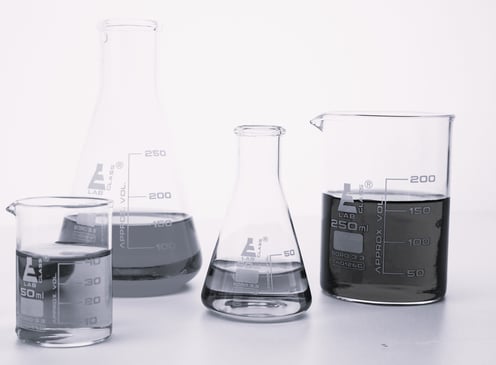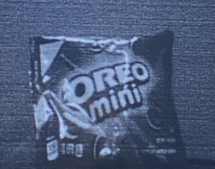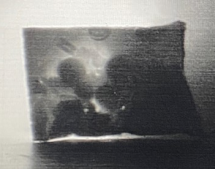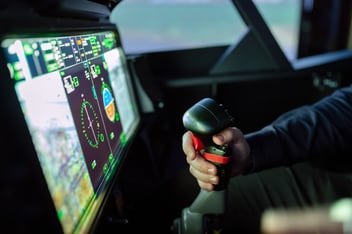Industrial Vision
Advancements are being made for industrial companies to use automated processes to make their supply chains run more efficiently. Some automated processes implement machine vision into their sorting and transportation technology with their inclusion of image sensors allowing the ability to view diverse types of packaging materials. That includes plastic, aluminum, cardboard, and poly bags. SWIR integration into machine vision will allow packing and shipping times to decrease, allowing customers to receive correct and timely packages.
Beyond the Visible
SWIR vision grants the ability to see past what the normal eye can see, allowing machines and humans to see past materials and coatings. While clear liquids look the same to the human eye, when using SWIR image sensors these liquids are all distinguishable due to their chemical properties. Distinguishing liquids requires a type of spectroscopy (measuring light absorbance by molecules) and LED lights. Luckily, it is quite easy for SWIR cameras to use spectroscopy to differentiate liquids because of their ability to detect the light reflectance from the molecules. With the integration of SeeDevice's QPD™, it enables materials to be differentiable as shown in Figure 1 down below.

Figure 1. Four liquids (sodium chloride, IPA, acetone, water)
SWIR vision when applied to sorting increases efficiency and decreases time for warehouses to pack delivery trucks. Sensing wavelengths beyond the visible (750-2500nm), cameras equipped with SWIR image sensors can view past packaging materials that are otherwise obscured for visible sensors. For example, in the image below the SeeDevice QPD™ is able to see past the packaging material into the contents. Seeing past packaging materials can be used for liquid level detection and sorting based on package contents.


Figure 2. SWIR demonstration of content detection in packaging (Visible light vs SWIR)
Machine vision cameras' performance in industrial settings can be improved by implementing SWIR image sensors. The use of spectroscopy grants the ability for warehouses to differentiate types of liquids otherwise not possible to the naked eye. Or, utilizing the light in SWIR wavelengths' ability to penetrate packages to view their contents. Industrial companies who have begun to implement SWIR technology into their machine vision systems have already seen improvements in efficiency in sorting, quality control, and shipping times because of their sorting technology's ability to differentiate materials based on chemical makeup or without damaging packages to view their contents.



